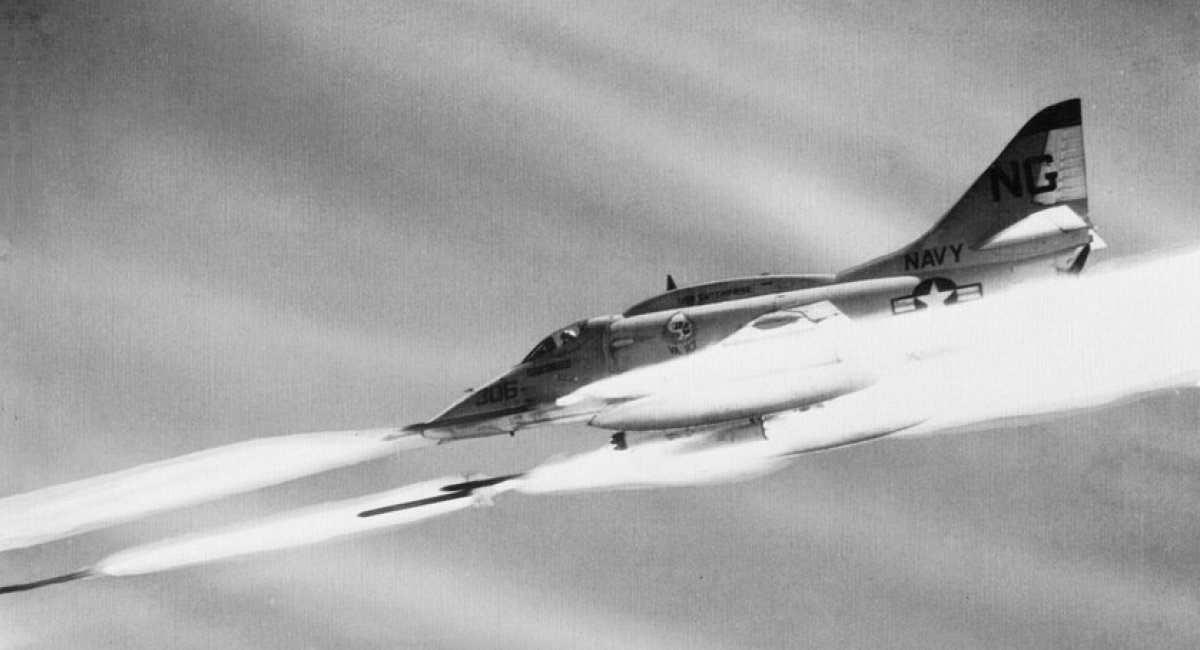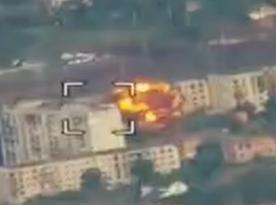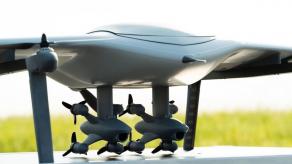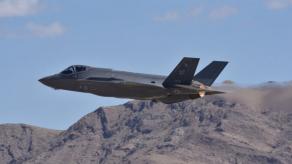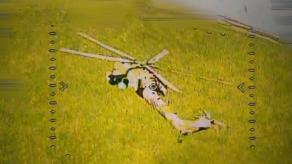The new package of military aid from the United States was most notable for the long-awaited Bradley vehicles, but there are more interesting weapons in it, namely two missiles never supplied before – Sea Sparrow and Zuni.
First thing to mention is that the successful integration of the AGM-88 HARM missiles into Soviet MiG-29 planes has likely encouraged the USA to continue this tradition and try it with other types of missiles and the JDAM guided bombs.
Read more: German Marder vs. American Bradley: Comparing the Really Important Details That Matter
The RIM-7 Sea Sparrow will help cover the deficit of interceptor missiles for the 9K37 "Buk" air defense systems, and profile media have already explained exactly how.
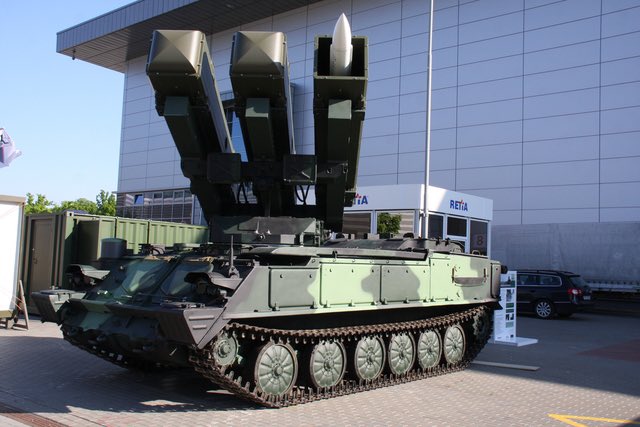
As for the Zuni, this item looks a bit "shady" in a way that there is currently no explanation of how American and Ukrainian specialists plan to adapt these rockets for the Soviet aircraft.
The Pentagon is providing 4,000 rockets but doesn't give any details on how they can be used. Answering the reporter's question on how difficult it was to modify Zuni for the Ukrainian planes, Deputy Assistant Secretary Laura K. Cooper said:
"I think I trust our engineers, and I definitely trust the Ukrainian engineers. So, they have done this successfully. And, you know, it is something that is possible."
Pentagon officials in general were quite short-spoken about the Zuni: they noted the effective use of HARM missiles from MiG-29 and stated that the supply of Zuni to Ukraine is one of the American "efforts to help them to make their existing aircraft fleet as effective as possible". Laura Cooper added that the rockets can be fired from both fixed or rotary-wing aircraft.
The 127mm Zuni unguided air rockets of the "air-to-air" class are somewhat analogous to the Soviet S-13 or S-25 rockets but more interesting in terms or specifications. In particular, it has a firing range of 8 km.
The development of Zuni started back in the 1950s and adopted by the U.S. Air Force in 1957. The rocket was designed modular so that various types of warheads and fuzes could be used with it. Including the proximity fuze because initially, the rocket was intended to be an "air-to-air" weapon but later got an "air-to-ground" capability as well.
Four different launchers were tested to fire Zuni but the four-tube LAU-10/A ended up the most popular. The first combat use of Zuni launched from the F-86F Sabre aircraft of the Pakistani Air Force took place in 1965 during the war with India. This rocket was also actively used during the war in Vietnam.

Incidentally, we should also recall another detail about this rocket. Since 2006, the North-American branch of MBDA by its own initiative has been developing a project on creating the Laser-Guided Zuni Rocket similar to the Advanced Precision Kill Weapon System.
The modernized weapon had a new guidance section near the front part of the rocket. In 2009, the new development successfully passed firing tests against stationary and moving targets, and in 2010 saw its first test flight with a warhead.
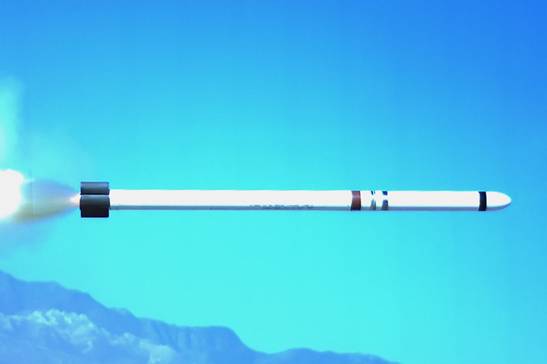
Read more: The U.S. Announced New Aid Package of Weapons for Ukraine: What it Contains




